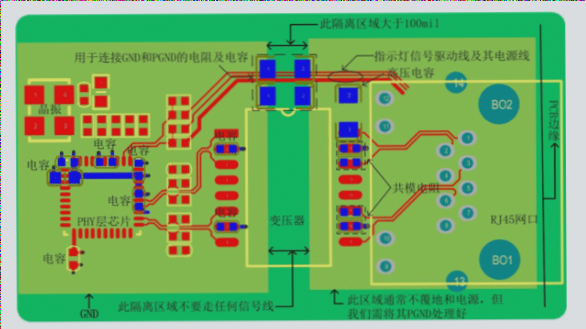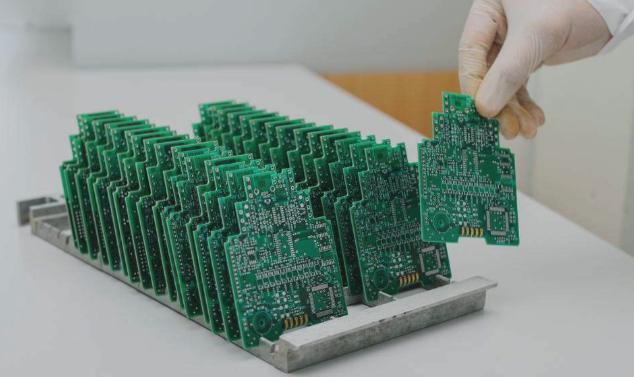Types of PCB Plating Methods
PCB (Printed Circuit Board) production involves various plating methods to enhance performance and reliability. Here are four primary types of plating methods used:
1. Finger-Plated Plating
Finger-plated plating is utilized to plate rare metals on board edge connectors, improving contact resistance and abrasion resistance. Gold, rhodium, lead plating, or button plating can be used as alternatives to gold plating.
- Strip the coating
- Rinse and clean
- Activate with sulfuric acid
- Plate nickel
- Treat with gold permeation solution
- Apply gold plating
2. Through-Hole Plating
Through-hole plating ensures electrical continuity between different PCB layers by creating a plating layer in substrate vias. Cleaning and activation steps are crucial to ensure proper adhesion of plating materials.
3. Reel Linkage Selective Plating
Reel linkage selective plating is cost-effective for plating specific areas of electronic component pins. Materials like nickel, gold, and silver are commonly used for this process.
4. Brush Plating
Brush plating selectively plates targeted areas of the PCB without immersing the entire board in electrolyte. This method is ideal for repairing boards in electronics assembly.
For any inquiries about PCB or PCBA, feel free to reach out to us at info@wellcircuits.com.



